Dark arts: Bill Viola retrospective marks the Guggenheim Bilbao’s 20th anniversary
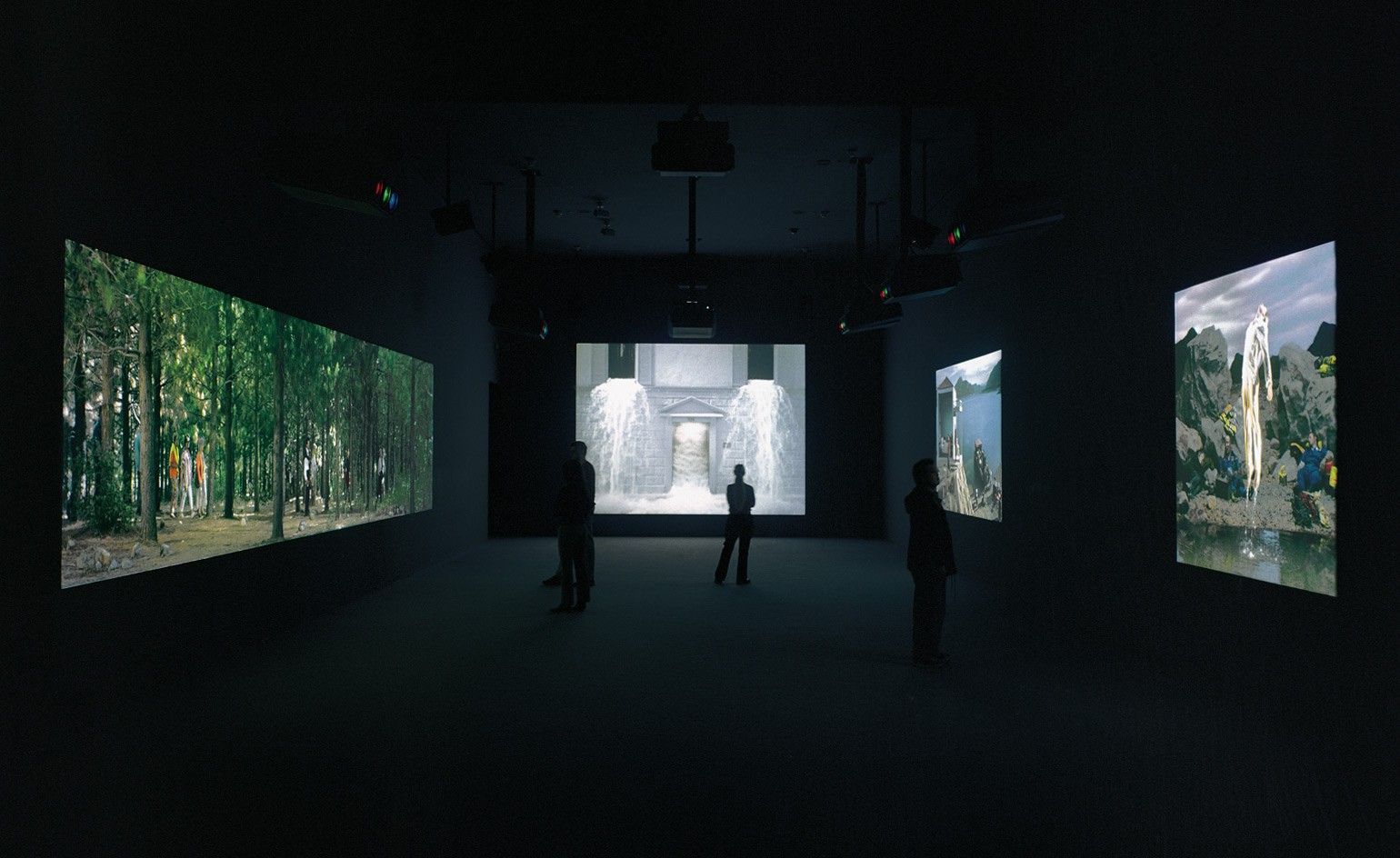
When the Guggenheim Bilbao first opened its doors on 19 October 1997, it presented an ambitious 300-piece survey of 20th-century art. One such work was Bill Viola’s The Messenger (1996), a looped video installation in which a naked man slowly materialises from a vat of electric blue water. Upon surfacing, he takes a breath, only to descend again and dissolve into a similar state.
Now, almost two decades later, as part of the Guggenheim Bilbao’s 20th anniversary celebrations, the US video art pioneer returns to the museum on a far more more substantial scale with a self-titled retrospective. ‘It’s a journey for the soul,’ said Kira Perov, who spoke on behalf of Viola, her long-term partner and collaborator, at the exhibition’s preview last week. ‘It explores the fundamental experiences of human life, using video as a surrogate eye.’
Spanning 40 years, the show seeks to decode how Viola has used video as a transcendental medium in which to explore the human condition. Themes such as birth, death, rebirth, transformation and consciousness are a constant, stoked by his deep-rooted interest in mystic traditions including Zen Buddhism and Christian mysticism. Typically, his work is slow-moving, cyclical and retains a lush, painterly quality. ‘It reaches out to the spectator, who will connect and interpret the work in many different ways,’ explained the exhibition’s curator Lucía Agirre.
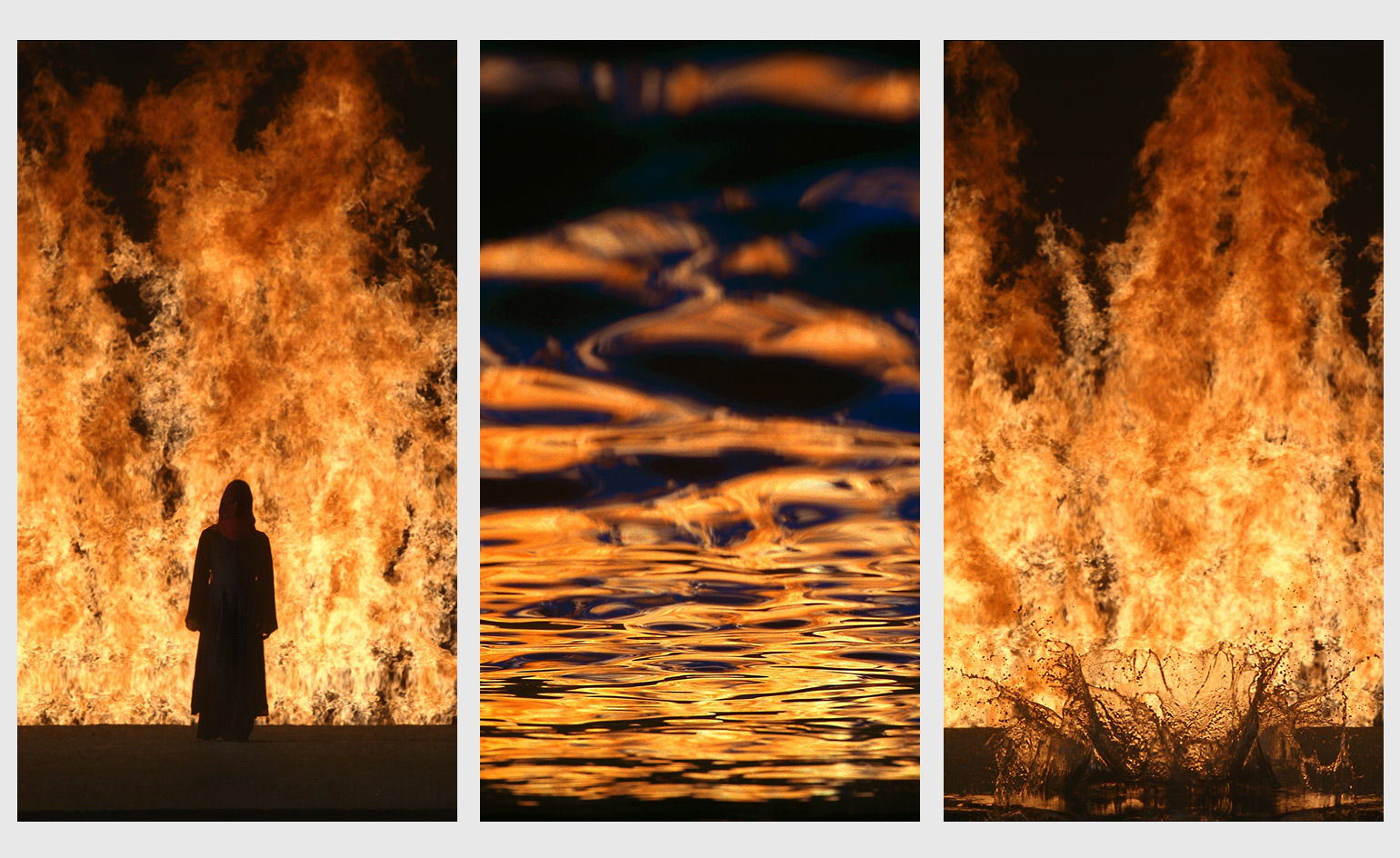
Stills from Fire Woman, by Bill Viola, 2005
This is certainly true of the affective opener: Slowly Turning Narrative (1992), which was recreated especially for the space and comprises a large, two-faced screen (one mirrored) that rotates on a vertical axis. While a close-up of a man’s face is projected, the mirrored side reflects both the footage and its observer. All the while, a deep voice rhythmically chants a list of the states of being. ‘Once you look at something for a long time, especially in slow motion, its essence becomes visible,’ noted Perov, who described the piece as ‘integral’. ‘It becomes an interior for the relevations of a constantly turning mind absorbed with itself,’ said Viola in the accompanying notes.
Elsewhere, more recent works such as Catherine’s Room (2001), Surrender (2001) and The Encounter (2012) highlight how he has consistently commandeered advances in technology – from polyptych displays to rear projections and high-definition film – to gracefully probe the most profound human issues. As Perov attests: ‘Technology is simply a tool, a paintbrush has as much spirituality as a video camera.’
The survey draws to an enlightened close with Inverted Birth (2014), which depicts five stages of awakening through a series of dramatic transformations using different coloured liquids. ‘The fluids represent the essence of human life and the lifecycle from birth to death, here inverted into a shift from darkness to light,’ surmised Viola.
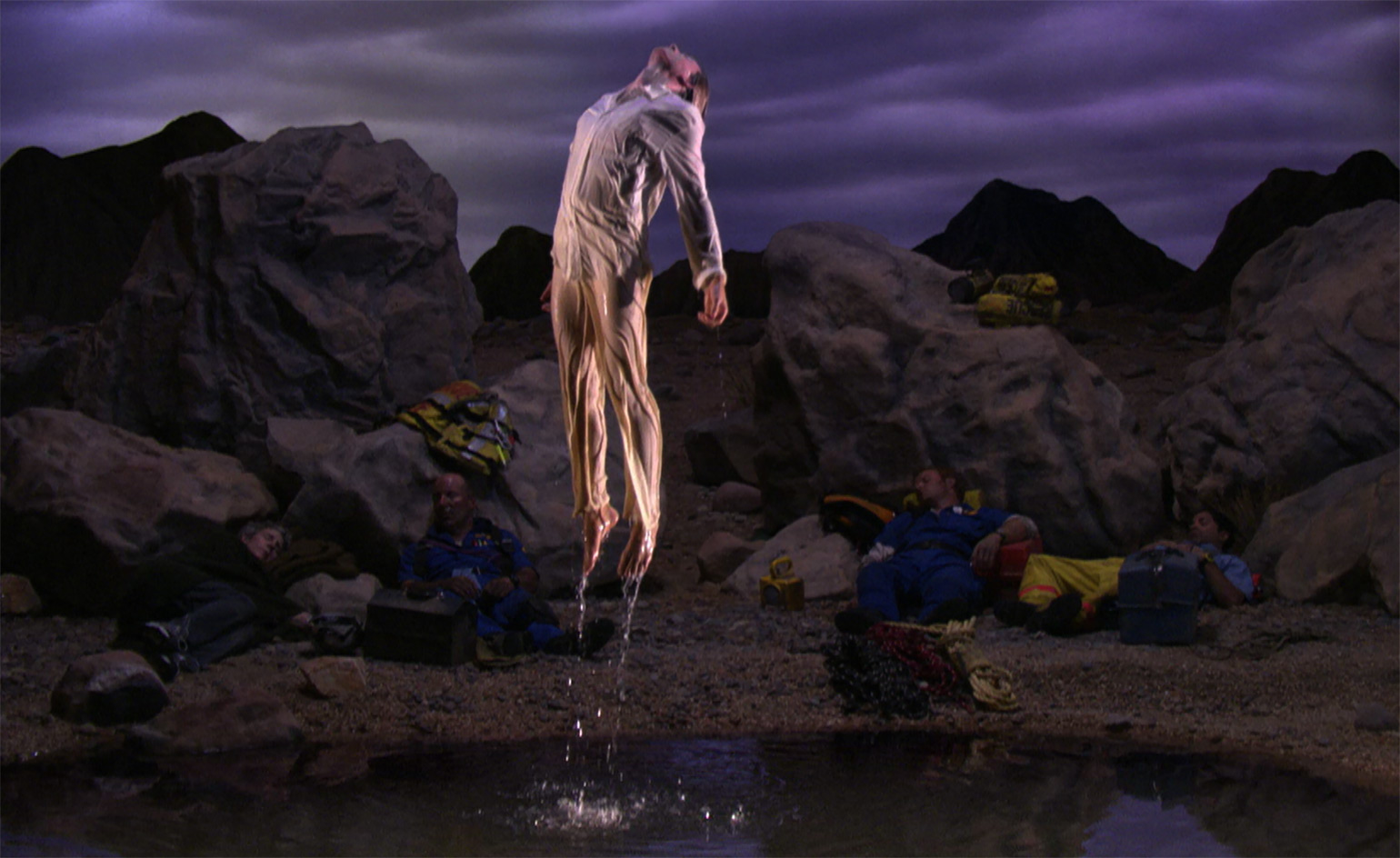
Still from Going Forth By Day, 1992
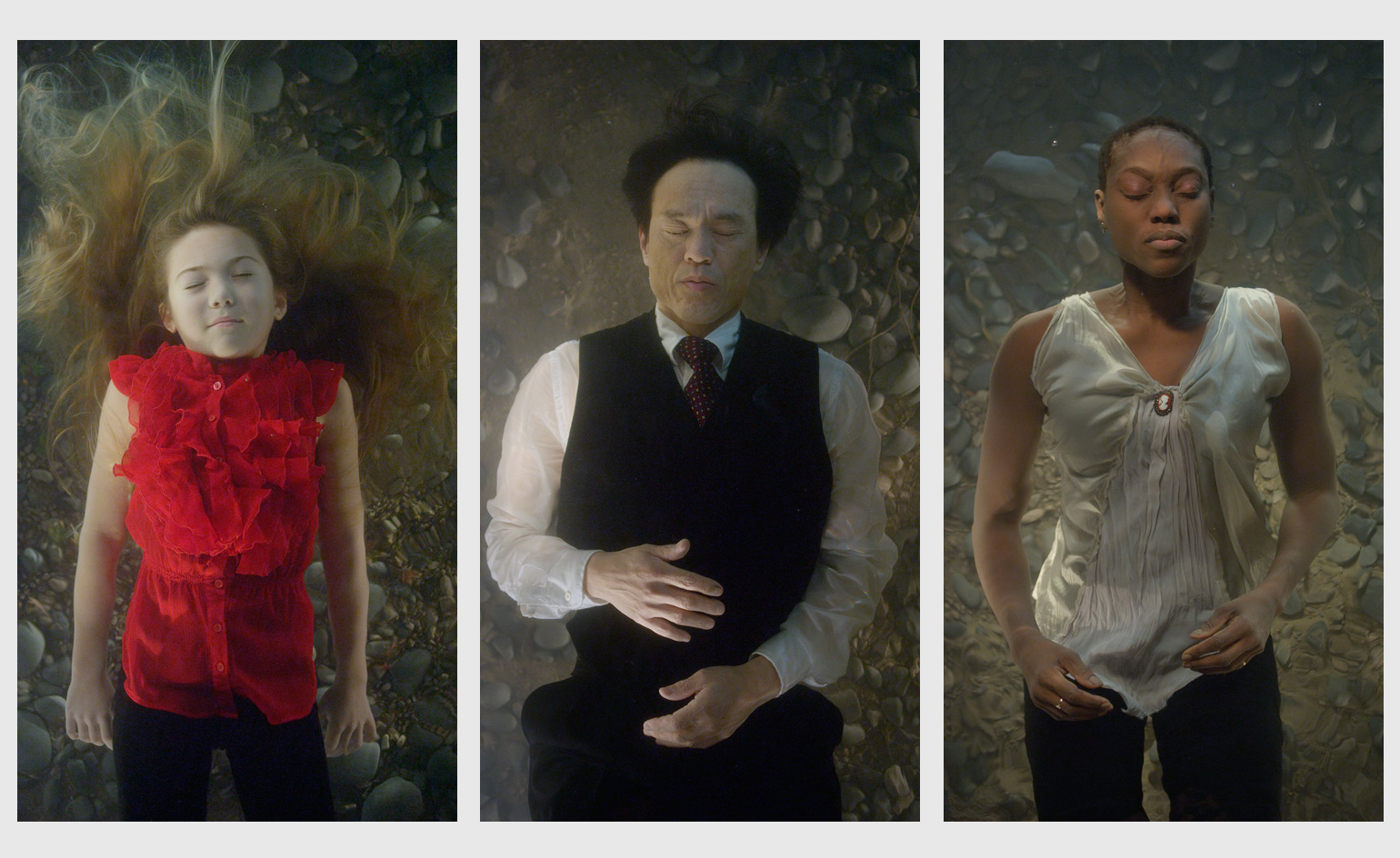
Stills from The Dreamers, 2013
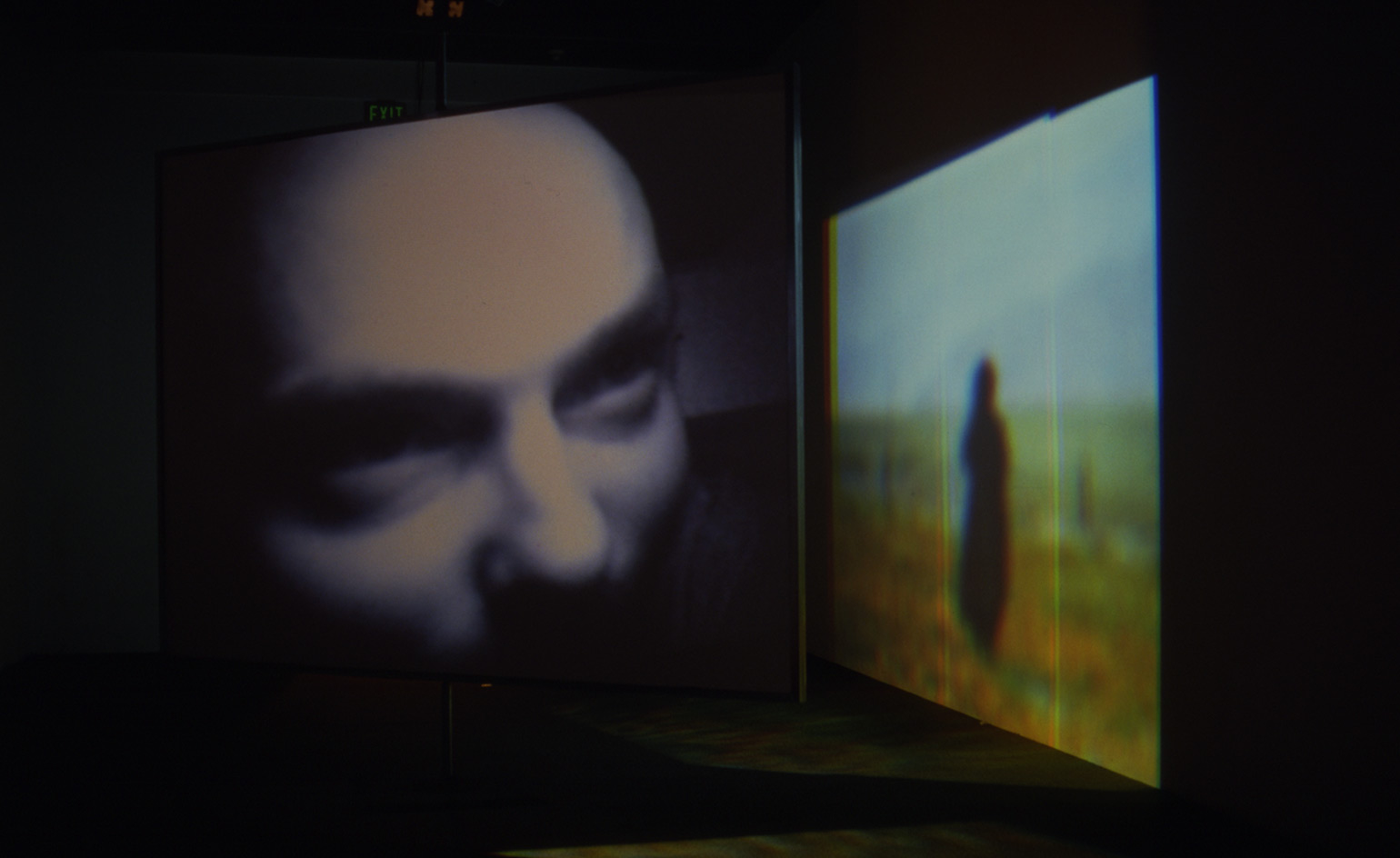
Slowly Turning Narrative, 1992
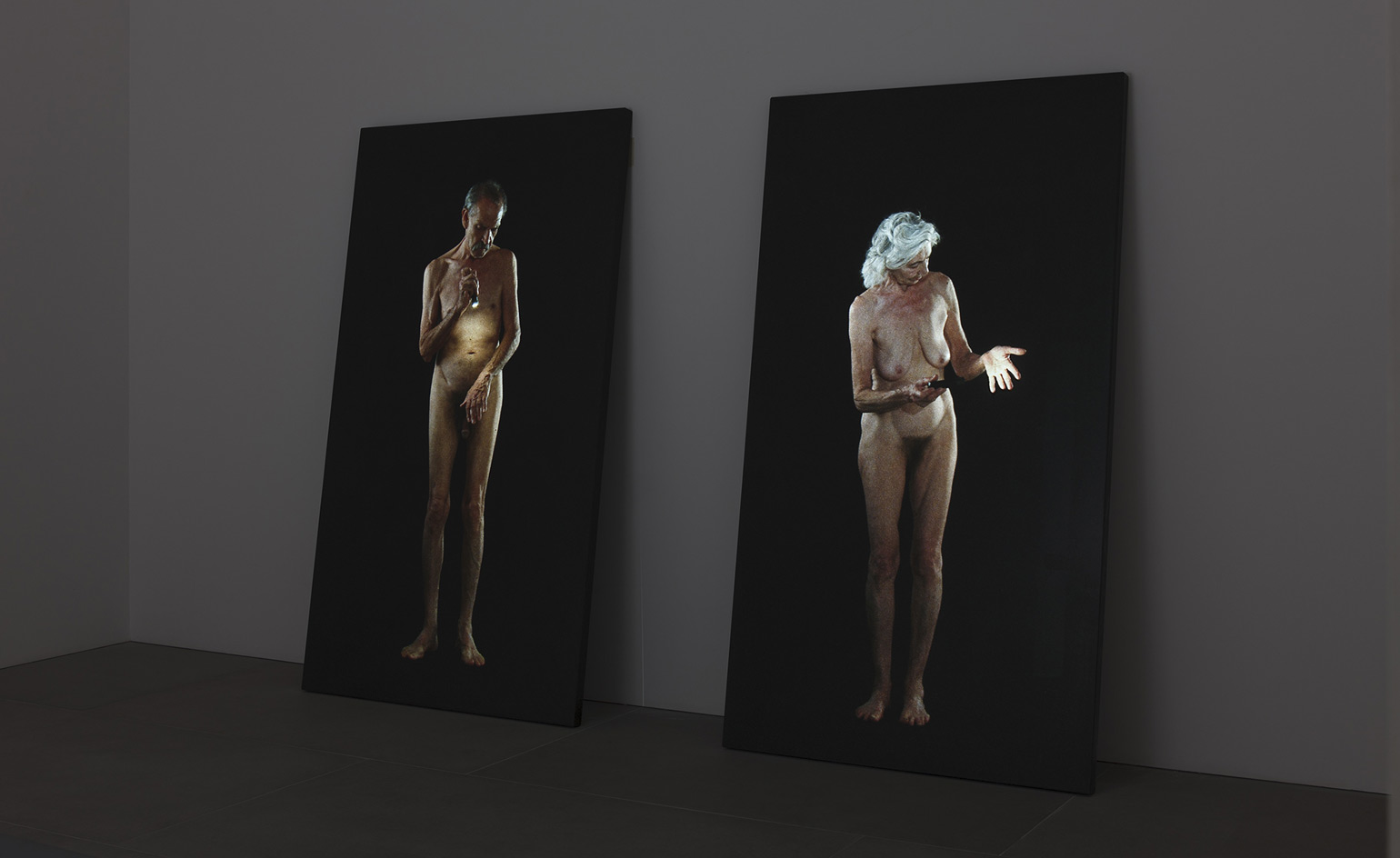
Man Searching for Immortality/Woman Searching for Eternity, 2013
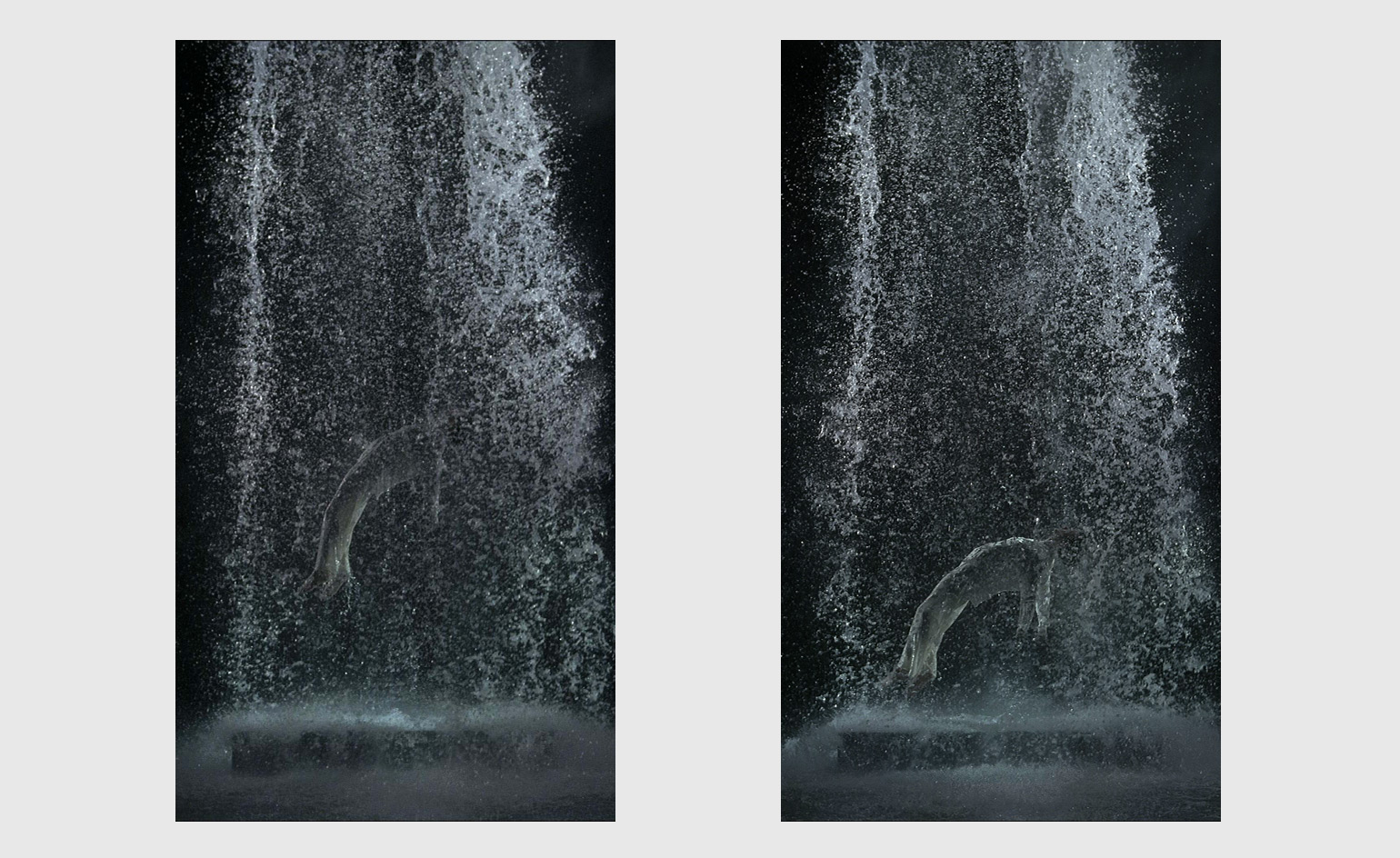
Tristan’s Ascension, 2005
INFORMATION
‘Bill Viola: A Retrospective’ is on view until 9 November. For more information, visit the Guggenheim Museum Bilbao website
ADDRESS
Guggenheim Bilbao
Abandoibarra Etorb, 2
48009 Bilbo
Bizkaia
Wallpaper* Newsletter
Receive our daily digest of inspiration, escapism and design stories from around the world direct to your inbox.
-
 Nikos Koulis brings a cool wearability to high jewellery
Nikos Koulis brings a cool wearability to high jewelleryNikos Koulis experiments with unusual diamond cuts and modern materials in a new collection, ‘Wish’
By Hannah Silver
-
 A Xingfa cement factory’s reimagining breathes new life into an abandoned industrial site
A Xingfa cement factory’s reimagining breathes new life into an abandoned industrial siteWe tour the Xingfa cement factory in China, where a redesign by landscape specialist SWA Group completely transforms an old industrial site into a lush park
By Daven Wu
-
 Put these emerging artists on your radar
Put these emerging artists on your radarThis crop of six new talents is poised to shake up the art world. Get to know them now
By Tianna Williams
-
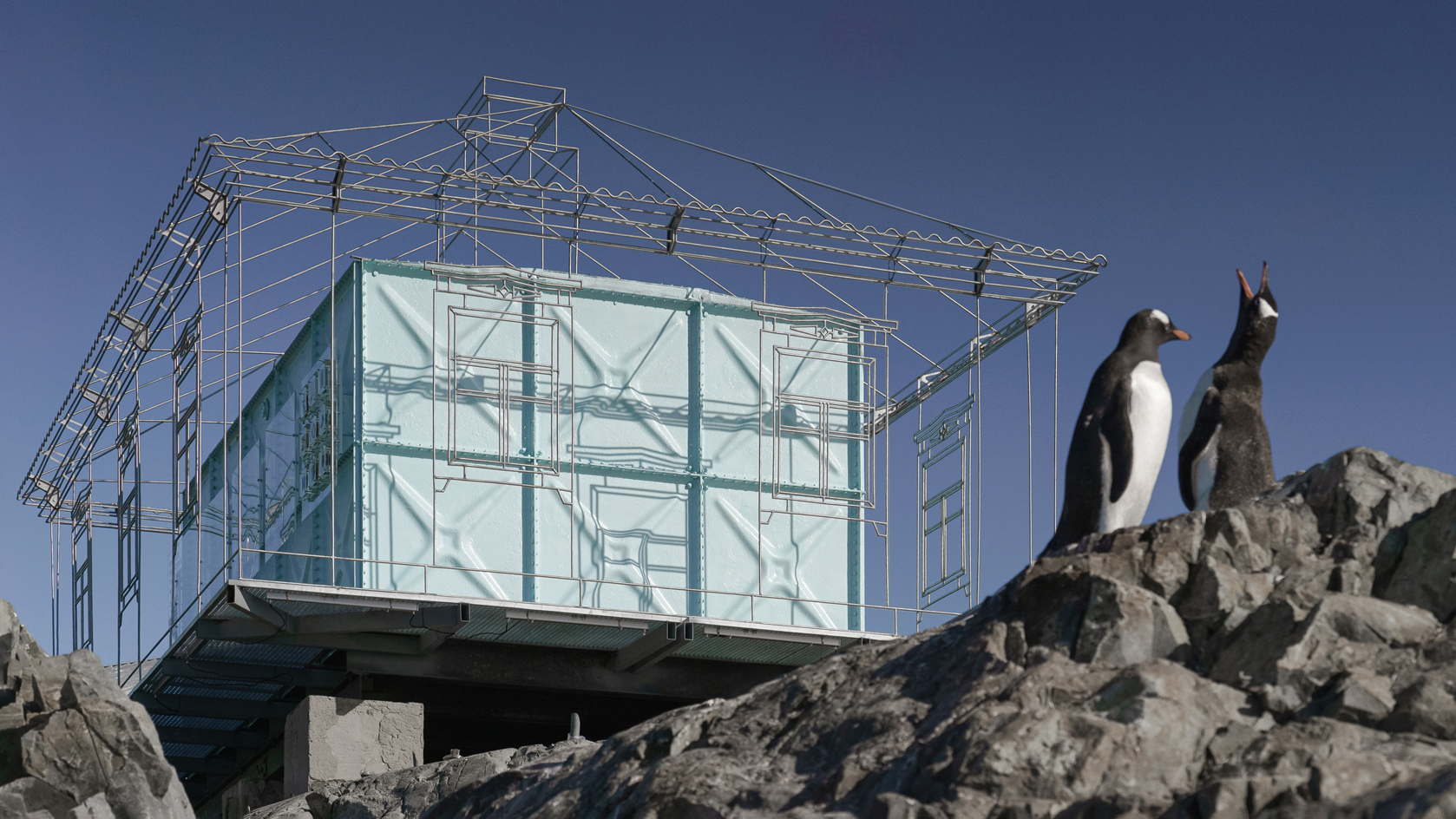 Remote Antarctica research base now houses a striking new art installation
Remote Antarctica research base now houses a striking new art installationIn Antarctica, Kyiv-based architecture studio Balbek Bureau has unveiled ‘Home. Memories’, a poignant art installation at the remote, penguin-inhabited Vernadsky Research Base
By Harriet Lloyd-Smith
-
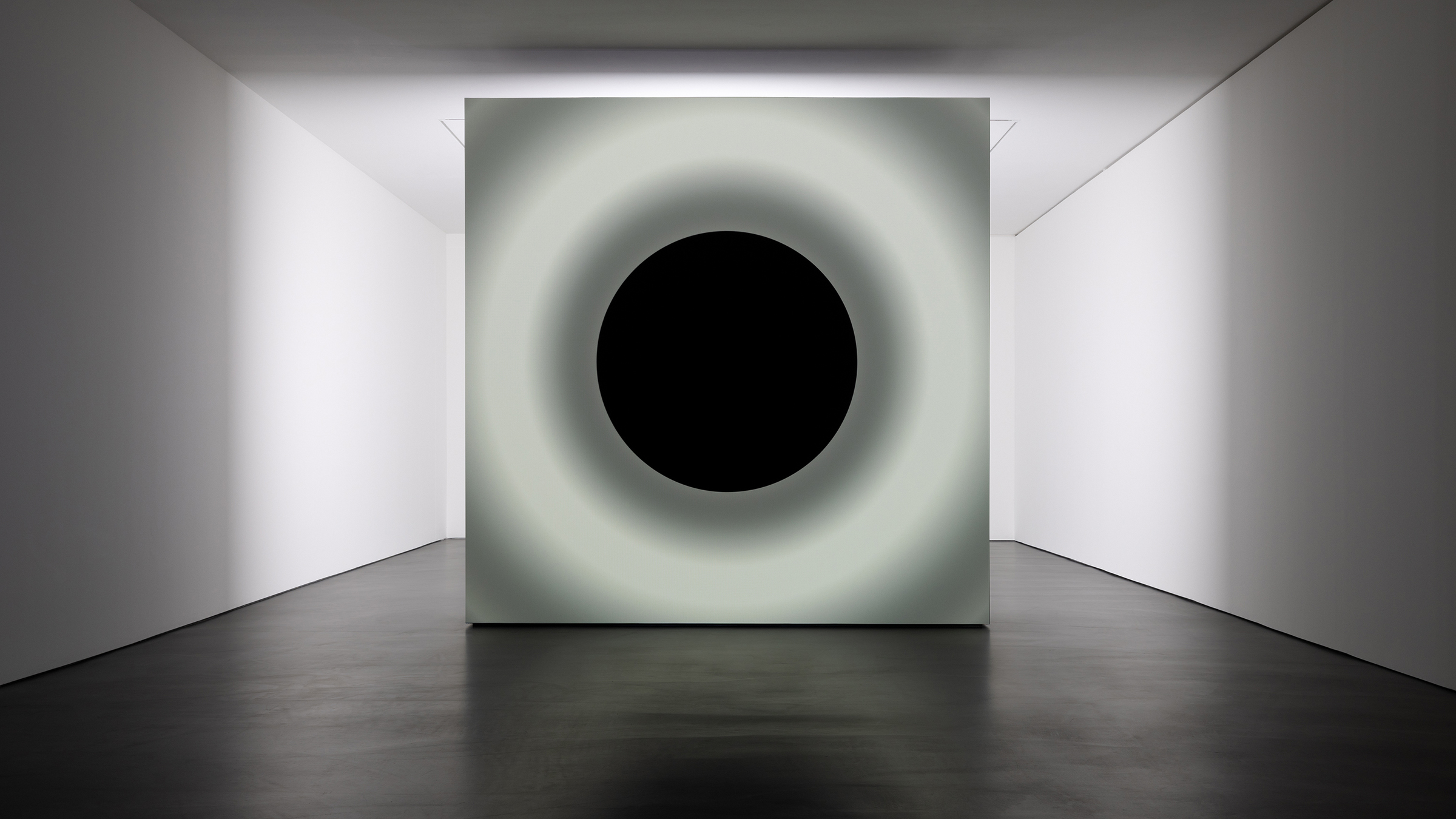 Ryoji Ikeda and Grönlund-Nisunen saturate Berlin gallery in sound, vision and visceral sensation
Ryoji Ikeda and Grönlund-Nisunen saturate Berlin gallery in sound, vision and visceral sensationAt Esther Schipper gallery Berlin, artists Ryoji Ikeda and Grönlund-Nisunen draw on the elemental forces of sound and light in a meditative and disorienting joint exhibition
By Harriet Lloyd-Smith
-
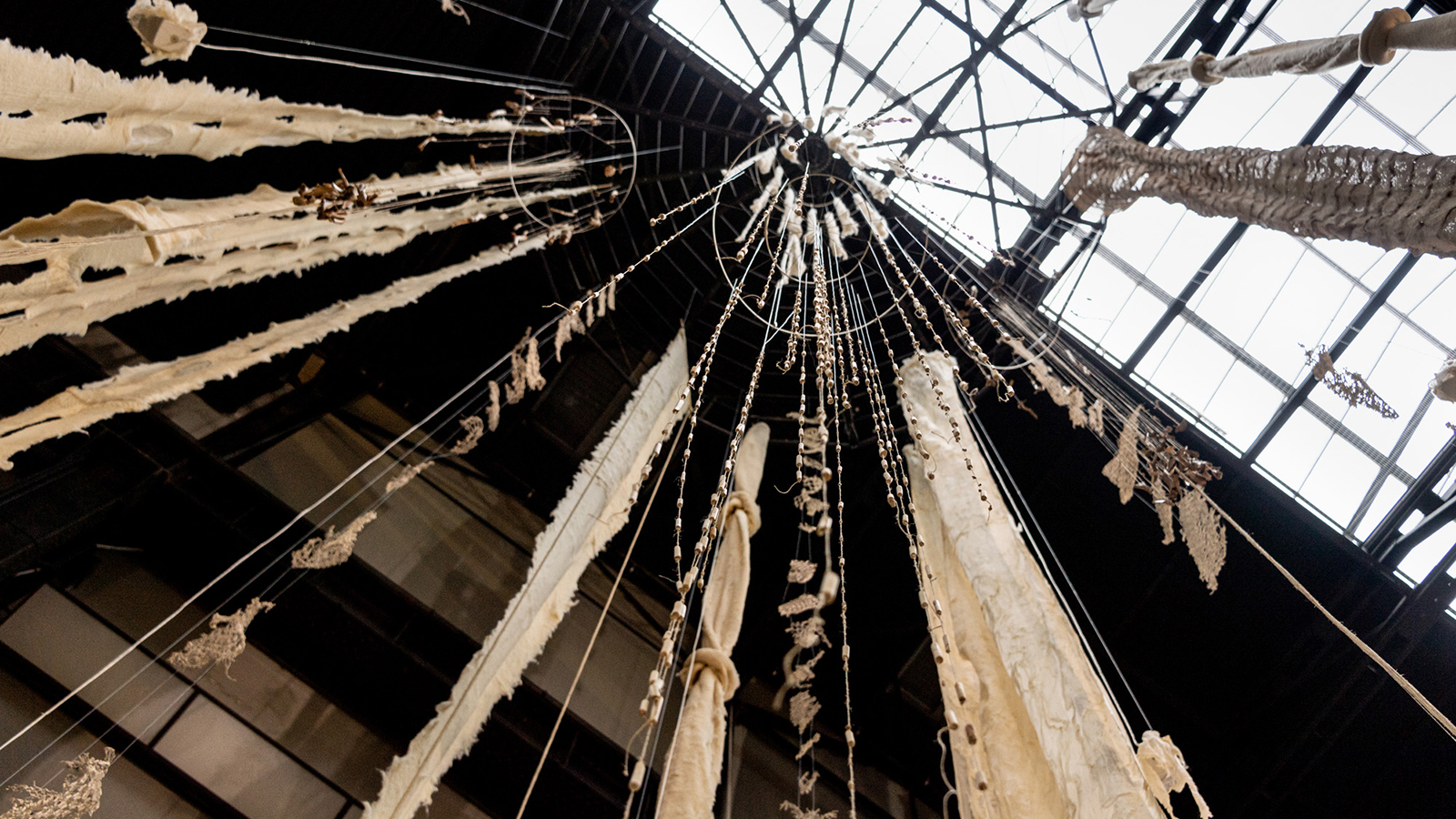 Cecilia Vicuña’s ‘Brain Forest Quipu’ wins Best Art Installation in the 2023 Wallpaper* Design Awards
Cecilia Vicuña’s ‘Brain Forest Quipu’ wins Best Art Installation in the 2023 Wallpaper* Design AwardsBrain Forest Quipu, Cecilia Vicuña's Hyundai Commission at Tate Modern, has been crowned 'Best Art Installation' in the 2023 Wallpaper* Design Awards
By Harriet Lloyd-Smith
-
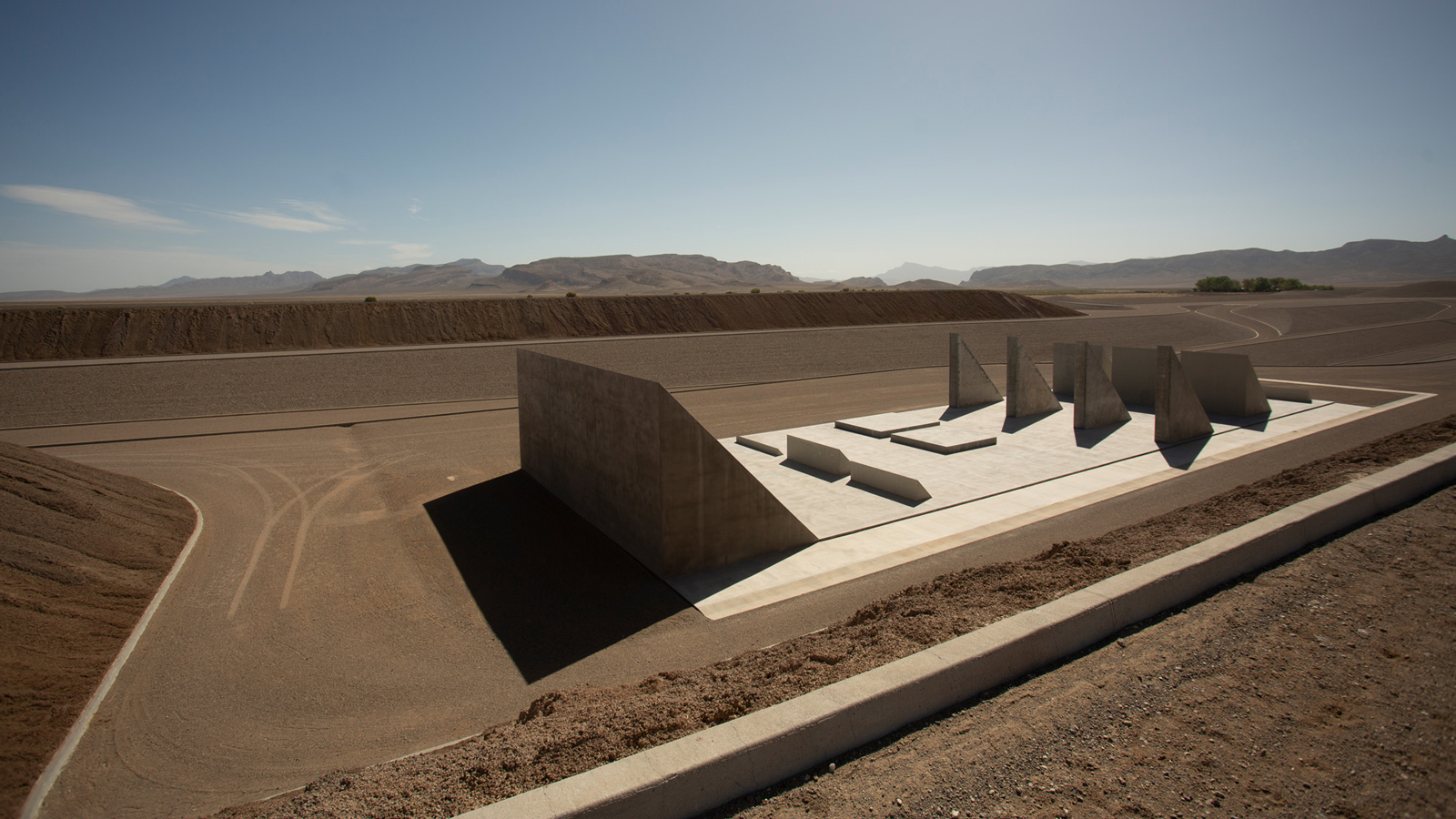 Michael Heizer’s Nevada ‘City’: the land art masterpiece that took 50 years to conceive
Michael Heizer’s Nevada ‘City’: the land art masterpiece that took 50 years to conceiveMichael Heizer’s City in the Nevada Desert (1972-2022) has been awarded ‘Best eighth wonder’ in the 2023 Wallpaper* design awards. We explore how this staggering example of land art came to be
By Harriet Lloyd-Smith
-
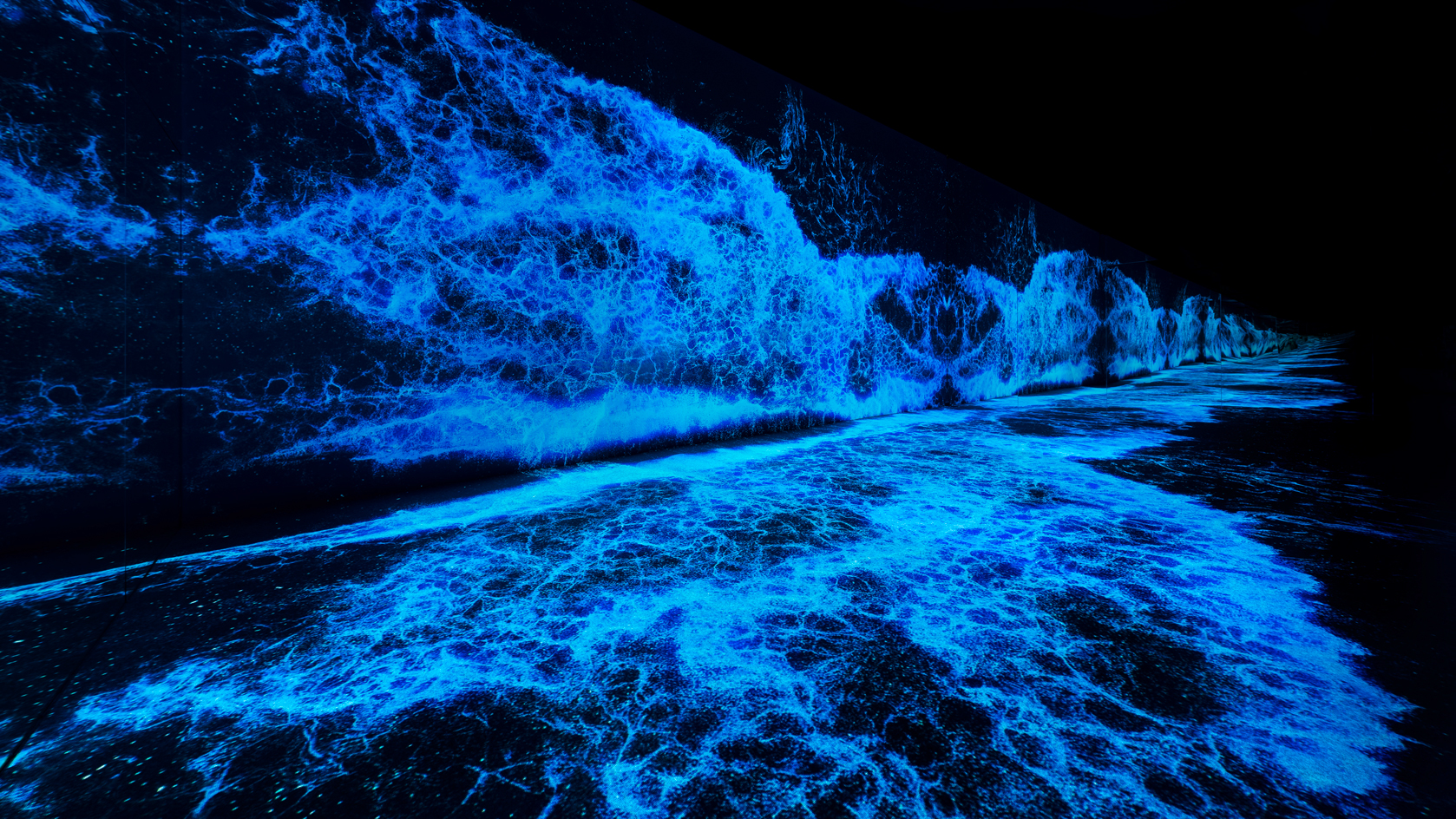 A’strict: the South Korean digital art collective bringing nature to urban life
A’strict: the South Korean digital art collective bringing nature to urban lifeAs part of our Generation Generative series, we spotlight a’strict, the artistic unit of South Korean digital media design company d’strict, whose immersive art aims to bring viewers closer to nature
By SuhYoung Yun
-
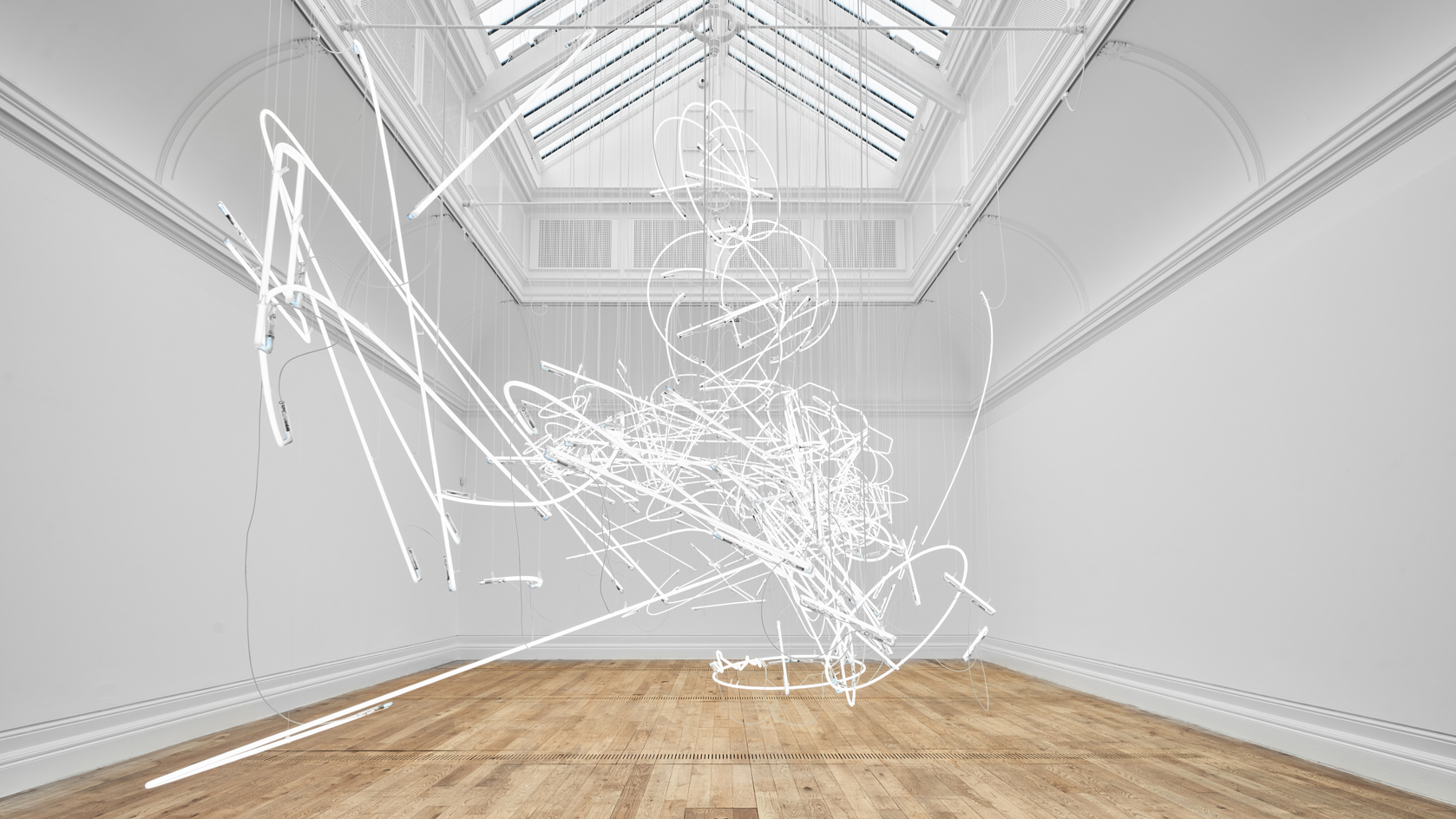 Cerith Wyn Evans: ‘I love nothing more than neon in direct sunlight. It’s heartbreakingly beautiful’
Cerith Wyn Evans: ‘I love nothing more than neon in direct sunlight. It’s heartbreakingly beautiful’Cerith Wyn Evans reflects on his largest show in the UK to date, at Mostyn, Wales – a multisensory, neon-charged fantasia of mind, body and language
By Harriet Lloyd-Smith
-
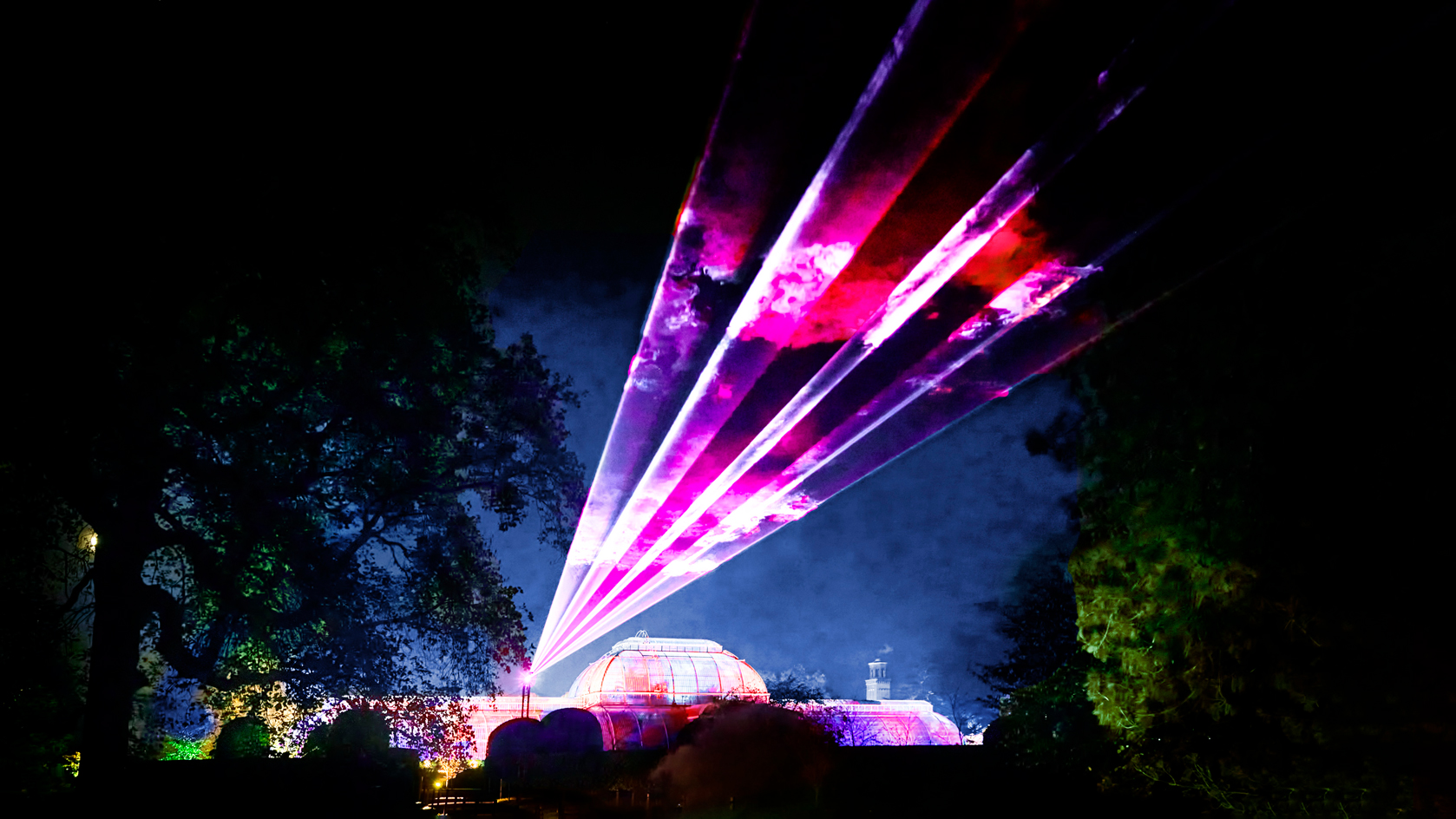 The best 7 Christmas installations in London for art lovers
The best 7 Christmas installations in London for art loversAs London decks its halls for the festive season, explore our pick of the best Christmas installations for the art-, design- and fashion-minded
By Harriet Lloyd-Smith
-
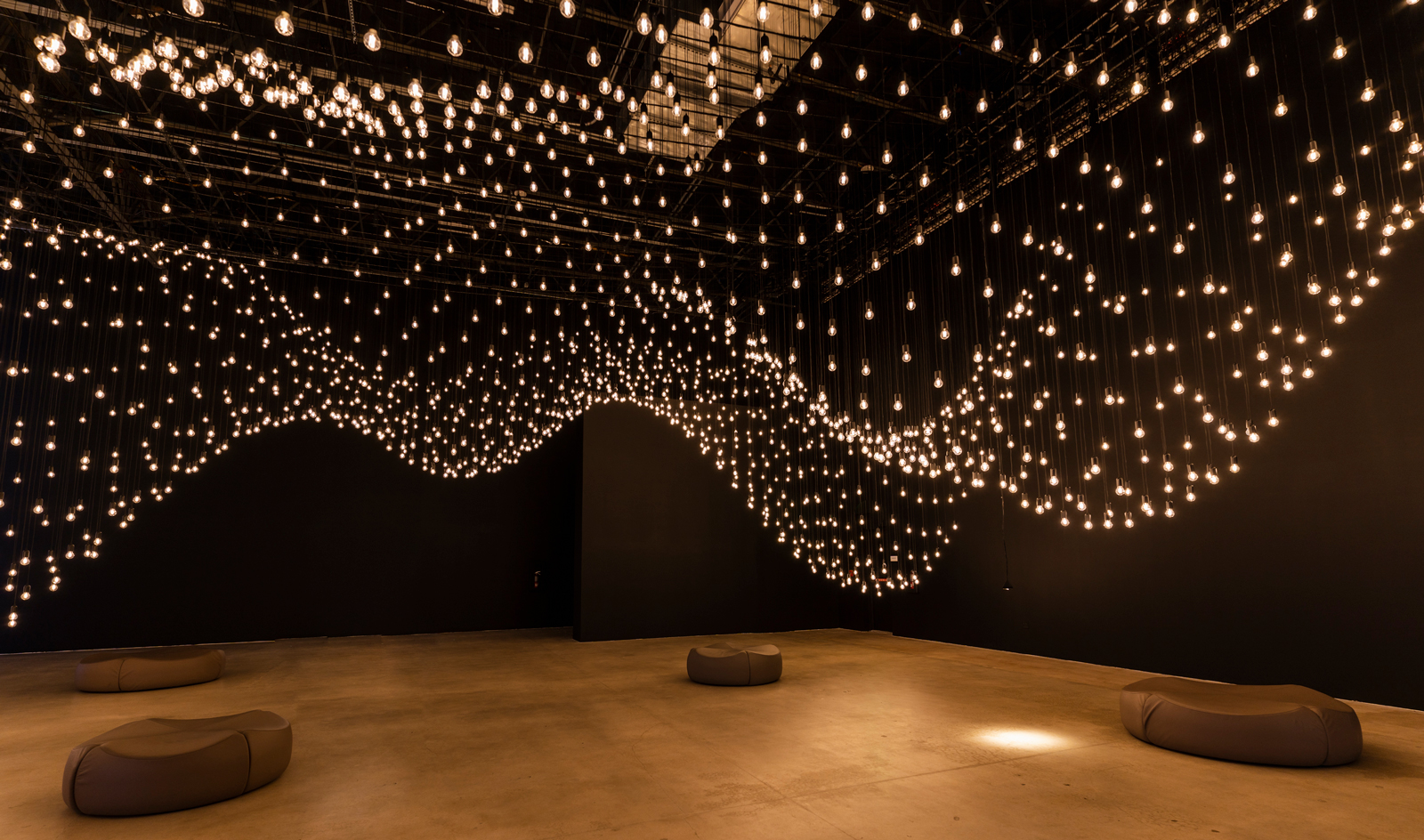 Rafael Lozano-Hemmer’s Pulse Topology in Miami is powered by heartbeats
Rafael Lozano-Hemmer’s Pulse Topology in Miami is powered by heartbeatsRafael Lozano-Hemmer brings heart and human connection to Miami Art Week 2022 with Pulse Topology, an interactive light installation at Superblue Miami in collaboration with BMW i
By Fiona Mahon